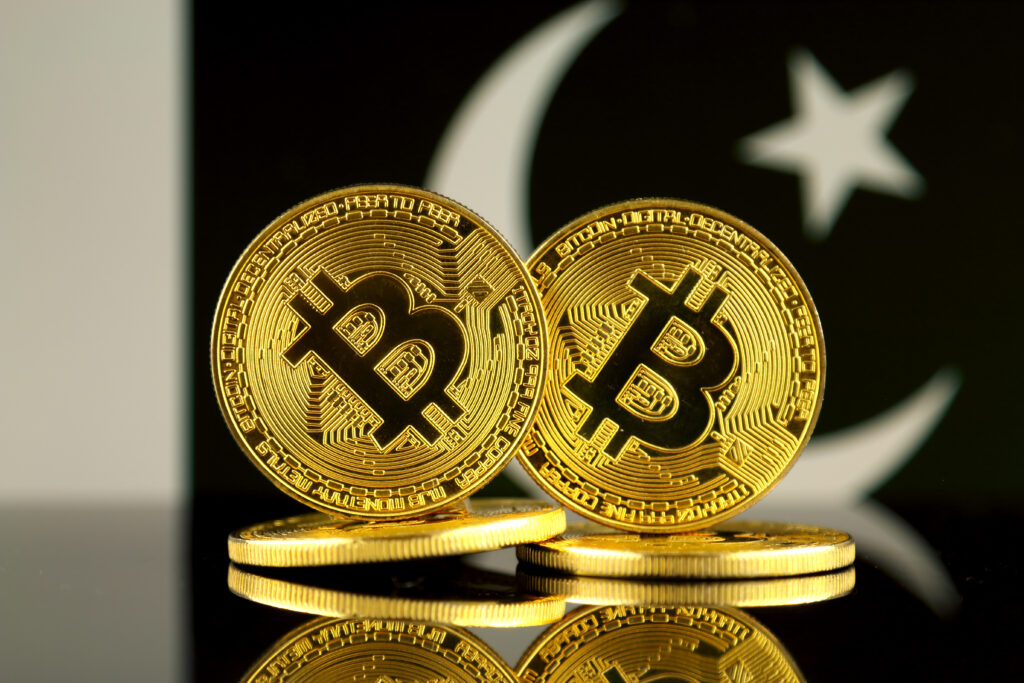
Key Takeaways:
- Pakistan allocates 2,000MW of surplus power to support Bitcoin mining and AI infrastructure, aiming to attract foreign investment and create skilled jobs.
- Tax incentives and customs exemptions are introduced to entice international crypto and AI firms; multiple foreign delegations have already shown interest.
- The newly formed Pakistan Digital Assets Authority will regulate digital assets, enabling licensed mining, tokenization of assets, and oversight of DeFi and blockchain ventures.
Pakistan has allocated 2,000 megawatts of surplus electricity to support Bitcoin mining and artificial intelligence (AI) infrastructure, aiming to boost its digital economy and attract foreign investment.
Spearheaded by the Pakistan Crypto Council in collaboration with the Ministry of Finance, the initiative’s first phase focuses on powering crypto mining and AI projects using excess energy.
NEW‼️- PAKISTAN IS MINING BITCOIN WITH 2,000 MW OF ENERGY.
— Neil Jacobs (@NeilJacobs) May 25, 2025
NATION-STATE ADOPTION IS HERE.
ARE YOU READY? 🚀🔥🚀 pic.twitter.com/iL4qUNgoef
Finance Minister Muhammad Aurangzeb highlighted the potential for billions in investment and the creation of skilled jobs.
The second phase will shift toward renewable energy sources to promote sustainable mining. International interest has already grown, with several foreign delegations exploring opportunities.
To attract more investors, the government introduced tax incentives for AI centers and customs duty exemptions for Bitcoin miners.
Bilal Bin Saqib, CEO of the Crypto Council, called the plan a major milestone, originally proposing the energy allocation in March.
The initiative also coincides with the formation of the Pakistan Digital Assets Authority (PDAA), which will regulate exchanges, wallets, stablecoins, tokenized assets, and more.
With a projected 27 million crypto users by 2025 and a ninth-place global crypto adoption ranking, Pakistan is positioning itself as a key player in the global crypto and AI industries through regulatory support and infrastructure investment.

